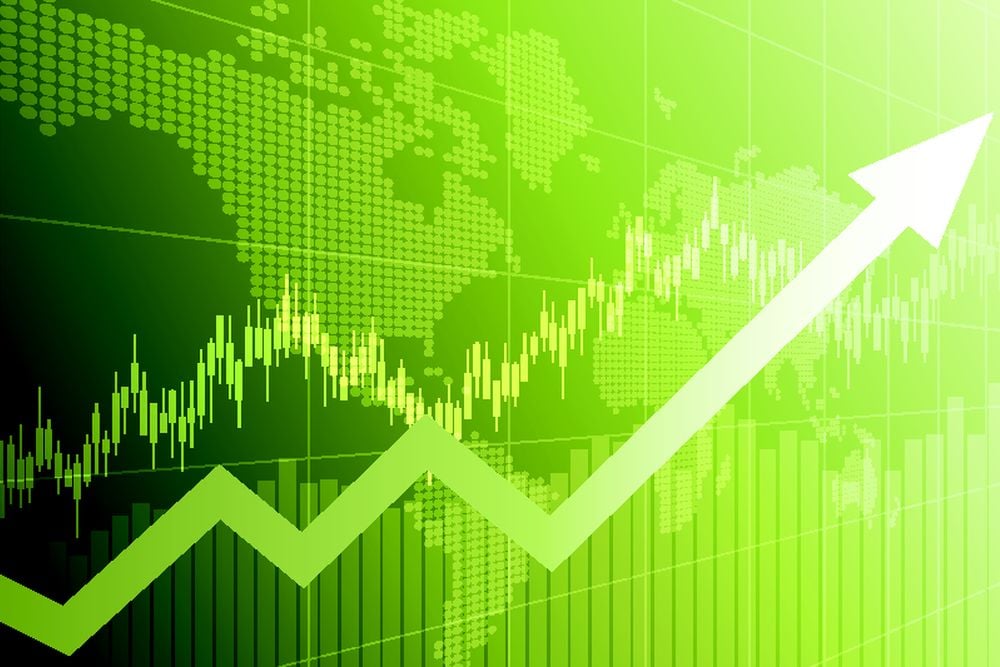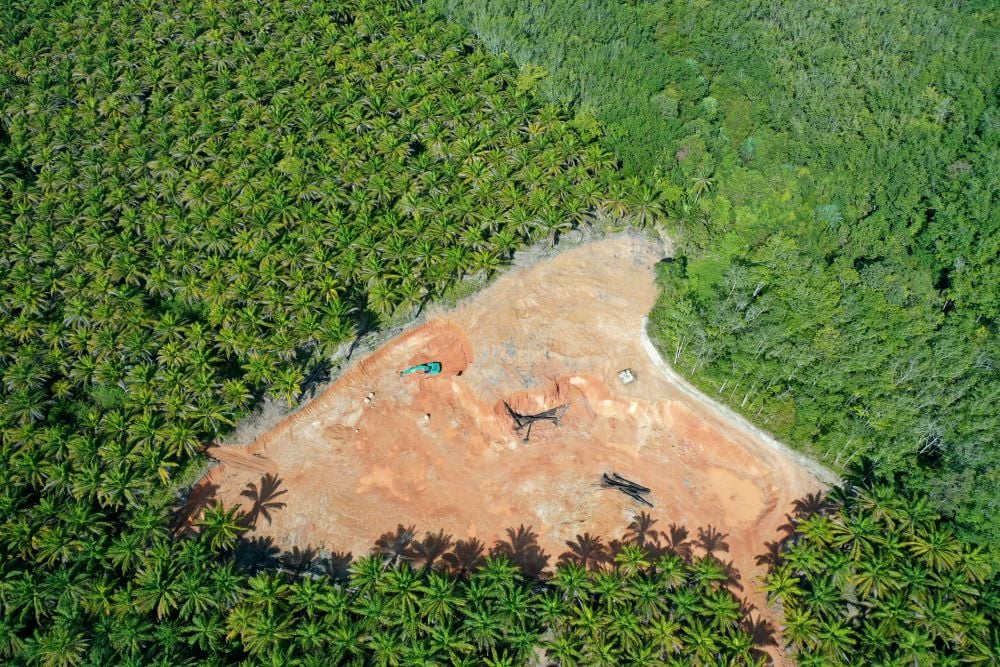At present, the absence of global standards for the issuance of sustainability bonds, a collective term used for Covid-19-linked, social and green bonds, makes it possible for any corporate or sovereign to issue a bond and call it any one of these three, regardless of the objective, structure, and key performance indicators (KPIs).
To illustrate how serious the problem is, the International Capital Markets Association (ICMA), the global industry body for fixed-income assets, recently issued it's sustainable linked bond guidance. It's green bond guidance has been around for a few years. These are intended to set common standards for sustainability bonds and green bonds.
“But what we saw when we tracked credit-related social bonds is that there is not a lot of precision,” says Nadia Humphreys, a member of the European Union’s Technical Expert Group (TEG) for sustainable finance, and business manager for sustainable finance solutions at Bloomberg.
“And if we map it to ICMA’s principles only a small percentage of bonds that were issued as Covid-19 bonds apply to those ICMA principles,” she notes. “So, I think it's one for the market to be very aware of because there could be greenwashing that’s happening around Covid-19.”
And as businesses and the financial industry gradually start to plan for the post-Covid-19 pandemic economic recovery, buy-side professionals in Asia are starting to think about developing their short-term investment strategies, with the big questions being how to position sustainability in these strategies, what is the accountability of both buyer and seller, and what are the tools that they can leverage as guidance.
Fortunately, the European Union’s TEG on sustainable finance provides some guidance when trying to answer these questions with their previously published EU Sustainable Taxonomy, EU Green Bond Standards, Paris-Aligned and Climate Transition Benchmarks, and the recently announced Roadmap to Recovery strategy.
For Asia, these regulations and guidelines, while decidedly Euro-centric, provide insights into the kind of sustainability standards, rules and regulations that must be put in place for an effective recovery.
More specific to sustainability bonds, the standards defined in the EU Taxonomy, can give issuers and investors a specific course of action in terms of how to measure the effectiveness of such bonds in financing the recovery.
“[For example] the EU’s budget is to finance debt projects and equity for companies that are struggling,” Humphreys points out. “But first, the EU wants to finance that recovery in a green way by adding incentives around making sure that companies that are applying for financing have a transition plan to a sustainability-linked business model.
“That means that they can demonstrate a climate risk assessment strategy, for example, and say this is their plan and they’re going to do it.”
The TEG, according to Humphreys, is also pushing for a stricter set of standards for companies who want to take advantage of pandemic-linked financing, particularly the KPIs defined in the EU Taxonomy.
“We will ask the companies, what are your KPIs to do that? You can’t just go to a bank, ask for money and say I have a transition plan, and then walk away with the capital,” she says. “You need to be accountable for delivering something. And we’ve asked that they do that in line with the EU Taxonomy.”
Compliance with the EU Taxonomy KPIs can bring some benefits in terms of a reduced financing burden for the borrowers.
“Some financial instruments already track the KPIs, and will change the pay-offs in terms of, if you’ve met the KPIs, your capital pay-off is going to be less,” Humphreys points out. “The cost of paying that debt is going to be less than if you’ve not met the KPIs. So, in effect, you can have a contingent cash flow that says if I meet these targets then I’ll be in a better cash position.”
Worldwide, about US$60 billion in sustainability-linked products have been issued as of the end of April from the beginning of the year. In April alone, about US$10 billion in sustainability-linked loan products were issued by various entities – corporates, sovereigns, and non-governmental institutions, according to Bloomberg data.









